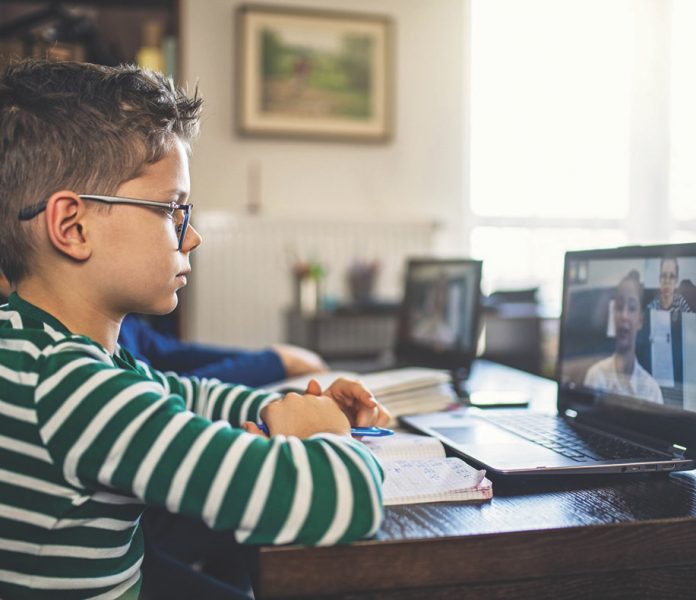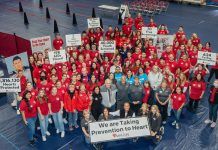Students who attend Lakeside schools will be back on full distance learning for the first two weeks of school after they return from winter break on Jan. 4, 2021.
District Board members held back-to-back public meetings on Dec. 17 where they discussed long-term plans to reopen some special day classes for additional campus learning, then voted for a temporary slide back to full-distance learning across all schools.
Ostensibly, the decision to take a step back with distance learning was made in part as a preventative measure: a spike similar to what was seen after Thanksgiving break would overwhelm the district’s already tenuous staffing needs.
Although Lakeside Union School District Superintendent Andrew Johnsen said he believes “we have to get our kids back in school,” the district is hampered by logistical staffing challenges.
There simply are not enough substitutes on hand to cover all the COVID-related staff absences the district needs to fill each day.
Executive Human Resources Director J. Cesar Morales broke down the tough numbers to illustrate gaps in coverage.
“Last week we needed 268 substitutes and were only able to provide 195. This week, we needed 207 and were able to provide 155,” Morales said.
Although there are 137 substitute teachers listed in the district system, he said, only 20 have worked in the past three months and not all of them are open to every assignment.
Board Member Rhonda Taylor works as a school principal in Poway and said in addition to personally experiencing the struggle of finding subs, she worries about the quality of education children receive from substitute teachers who are not “real confident” with current learning programs.
District officials believe the call for substitutes will jump after the holiday break, based on the real-world example of increased cases across the nation following Thanksgiving.
Since the first day of school, Morales said, 89% of time-off requests from district staff has been for COVID-related reasons, whether they had received a positive test, were taking care of children due to closure in a different district, or are serving as caregivers for someone else with a COVID condition.
“We experienced a spike after Thanksgiving break that is causing staffing problems and we have every reason to anticipate another spike after the next two weeks of holidays— we’ve got real data on that from
Thanksgiving. So, the recommendation we’re making is a short-term proactive measure to operate on distance learning,” Johnsen said.
The Superintendent used recent Lindo Park Elementary school closure as a warning for how quickly a school can devolve from functional to unstaffable.
“It’s a perfect example: we had a key person who was in close contact with other people so there we were on Saturday morning questioning if we could adequately staff the school; by Saturday evening we were notifying parents we were shifting to distance learning and that’s extremely disruptive,” Johnsen said.
Board Member Lara Hoefer Moir, who was voted in just last month, gave her perspective as the only parent on the board with children in the district.
“I think a lot of us would rather have our kids back in school and possibly get that phone call the night before a closure than have to definitely plan for something that is just as disruptive. As a parent, I’d rather have the abrupt closure with the possibility of staying in school than the planned closure based on the ‘what if’,” Moir said.
She also said the board might be “kicking the can down the road” if families continue to socialize during the first two weeks of school or extend travel plans without the need to return to campus.
Although she and Board Member Andrew Hayes voted against the measure, it passed 3-2 and students will be back on distance learning from Jan. 4-19.
“If we can provide this two week period, the day after the Martin Luther King holiday, we’ll resume on campus and keep trucking through the spring,” Johnsen said.














